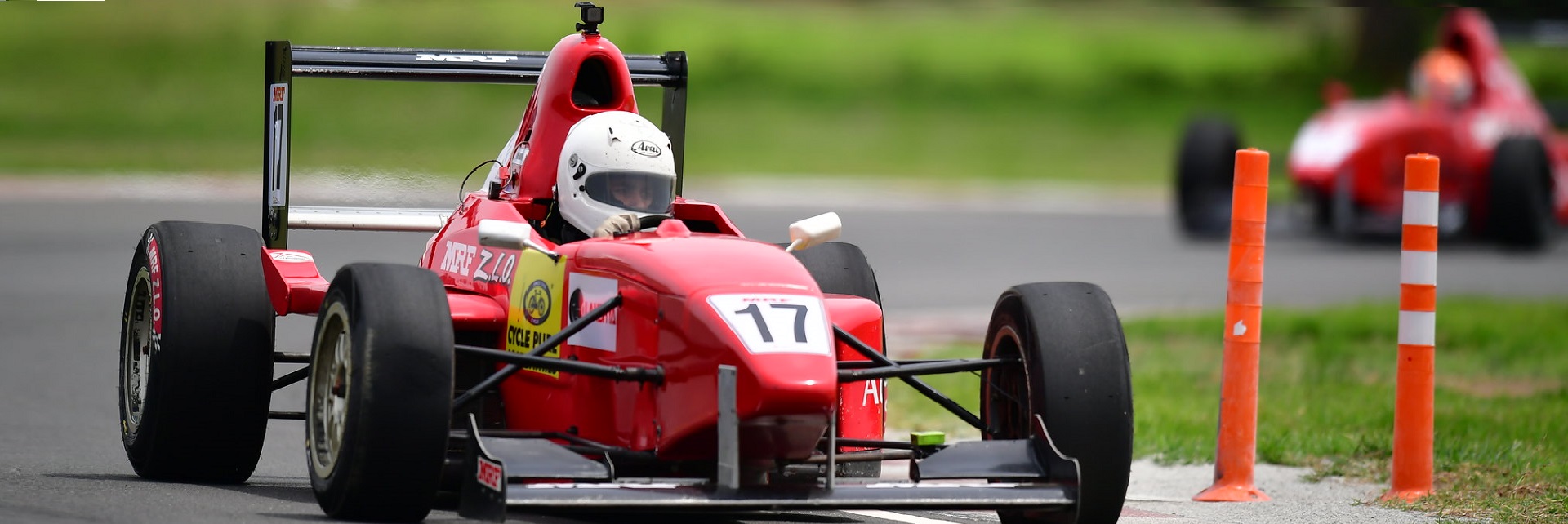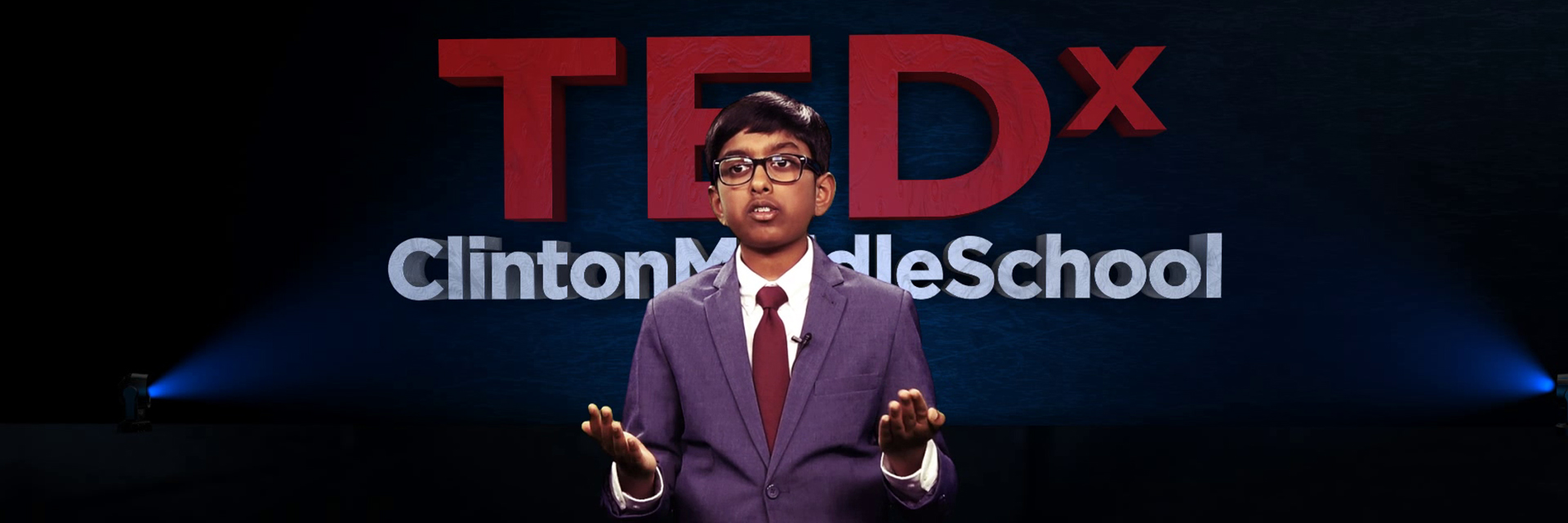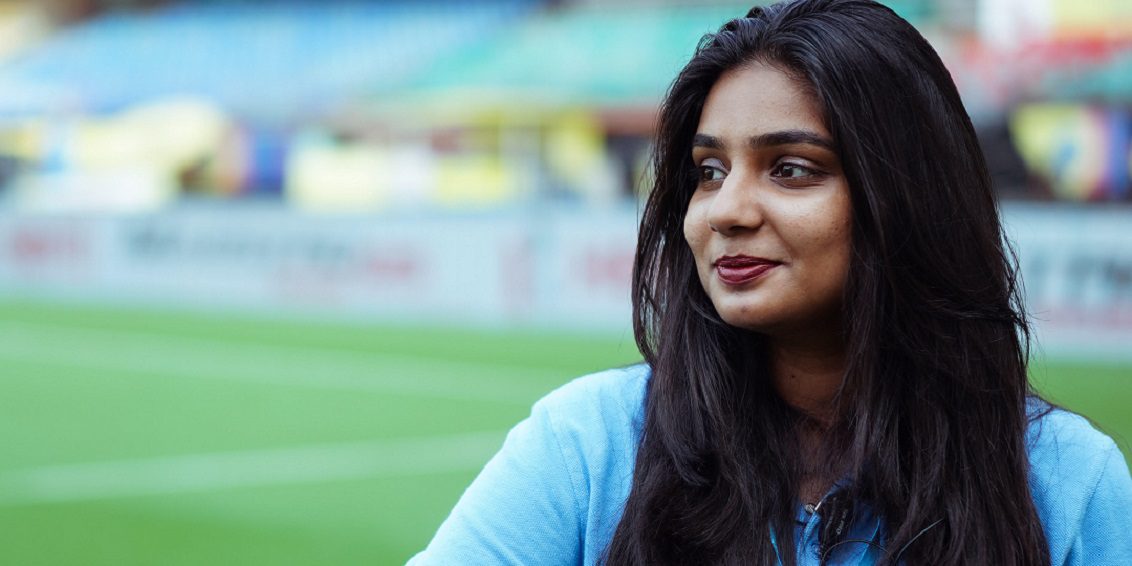(December 22, 2021) He stood tall and proud as President Ram Nath Kovind gave him the Pradhan Mantri Rashtriya Bal Puraskar. Awarded for his exceptional contribution to motorsports, Formula 4 racer Yash Aradhya has what it takes to surge past the chequered flag.
Yash was just nine when he first began training, and now a decade later, he is at the threshold of a spectacular career. The 19-year-old, who is currently studying in the Netherlands, is among the new stars rising up in the world of racing.
“It’s such a great time to be in motorsports. A lot of new talent is venturing into it, and many new opportunities are opening up for us in India,” Yash tells Global Indian in an exclusive interview.
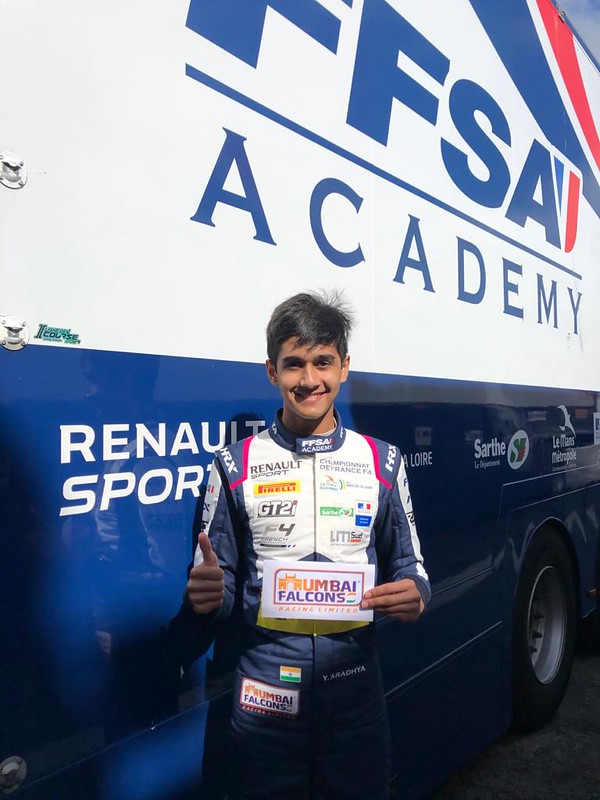
Yash Aradhya at French Formula 4 2020.
The boy, who had a podium finish at the X1 Racing League, has participated in the 2020 French Formula F4.
Born in 2002 in Bengaluru to an adman father and a homemaker mother, Aradhya’s love for speed began when he was just six. “It was during a road trip from Bengaluru to Mumbai that I got excited about cars and speed. I remember my dad explaining to me about horsepower and engines and it fascinated me. I was thrilled by the passion for speed, so at six, I started karting for fun,” reminisces Aradhya.
Racing is in his DNA
Yash officially dipped his toes into racing at age nine. Seeing his passion, his father approached JK Tyres’ head Sanjay Sharma for the national racing championship. “Hardy uncle (as we fondly call him) put us in touch with Akbar Ebrahim (the first Indian to race in the international circuits) and it was under him that my training began,” recalls the 19-year-old whose ultimate goal is to become a Formula 1 racer.
At nine, he scored his first win at the JK Tyre MMS Rotax Rookie Cup 2012 by clinching second at the podium, which turned out to be a foundation for the forthcoming winning championships. “Graduating to the junior level was a different ball game as there is a speed difference and fighting for the top position was getting exciting and challenging at the same time. However, my passion to win helped me exceed everyone’s expectations including my mentor after I won Formula Junior Series FLGB,” says the Utrecht University student.
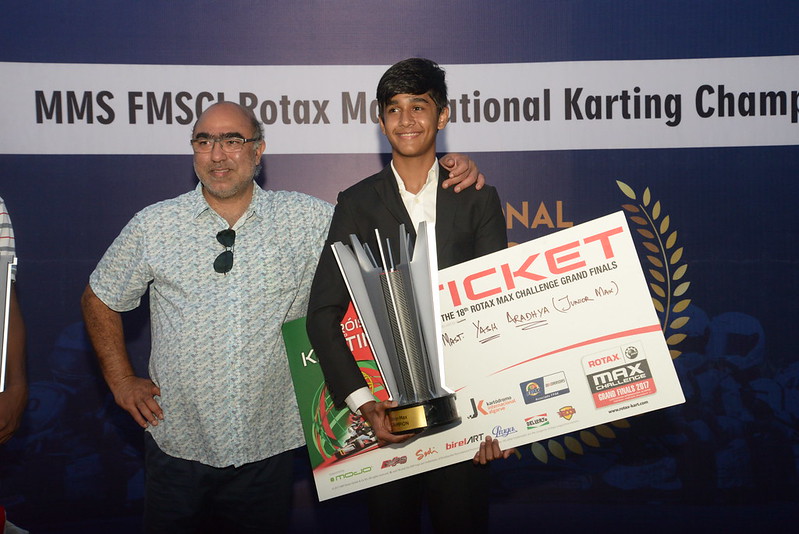

Yash Aradhya with his mentor Akbar Ebrahim
The win set the ball rolling for Yash who was soon nominated by the Federation of Motor Sports Clubs of India to represent the country at Academy Trophy. It opened new opportunities for the teenager, and took him to Europe and Asia to race. With each passing year, Aradhya won more podiums and in 2019, he graduated from karting to car with the MRF 1300 National Championship 1600.
The run up to the podium
However, it hasn’t been an easy run, especially since he came from a non-motorsport background though he found the perfect support system in his dad. “I knew that I wanted to be a Formula racer, and my dad helped me achieve my dream. He put me in touch with my mentor, helped me get sponsors who have put their faith in me. Despite being an expensive sport, my dad has gone above and beyond to make my dream come true,” beams the Formula 4 racer.
With the Pradhan Mantri Rashtriya Bal Puraskar, Yash is the only teenager under 18 years to be awarded in the category of motorsports. “I didn’t realise how big of a deal it was until I was standing in front of the President of India. The award means a lot to me and holds immense value,” says Yash who still remembers PM Narendra Modi’s advice to him. “He told me, ‘This award is not the end. Take it as a beginning step, and continue to excel in the field,'” reminisces the teenager.
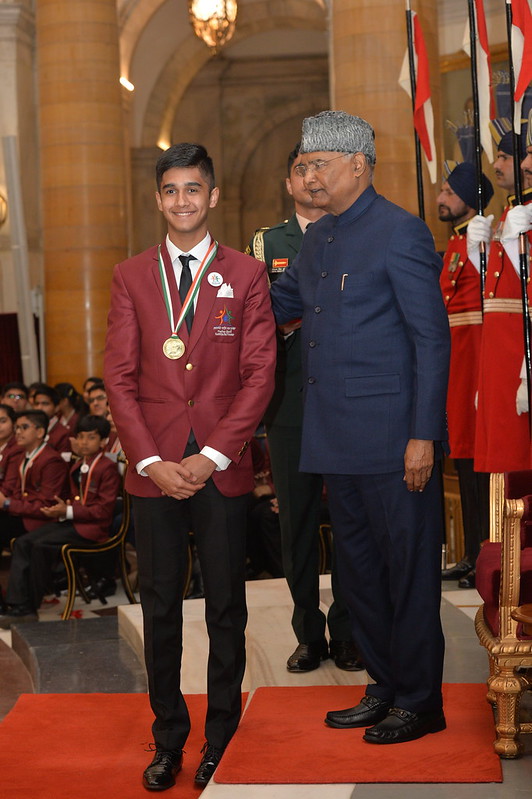

Yash Aradhya with President Ram Nath Kovind
The mettle to train
The boy from Bishop Cotton Boys School is completely focused on excelling now. Under the tutelage of coach Akbar Ebrahim, fitness coach Ramji Srinivasan and nutritionist Ryan Fernando, Yash is spreading his wings far and wide. He reveals that unlike other sports, racers don’t get to train on the tracks every single day. “I do physical and mental training every day under the guidance of my coaches. However, we get only two days to test drive before the championships,” says Yash, who is currently studying economics and business economics in the Netherlands and enjoying his stay in a new city.
Despite being one of the most expensive sports, Yash has found his footing, thanks to his sponsors. After racing in Formula 4 South East Asia Championship 2019 and the 2020 French Formula F4, he is now gearing up for his upcoming championships. “Currently, I am dividing my time between studies and training. These last two years were wasted, thanks to the pandemic. However, I am excited to get back into action,” says the racer who loves playing tennis and swimming in his free time.
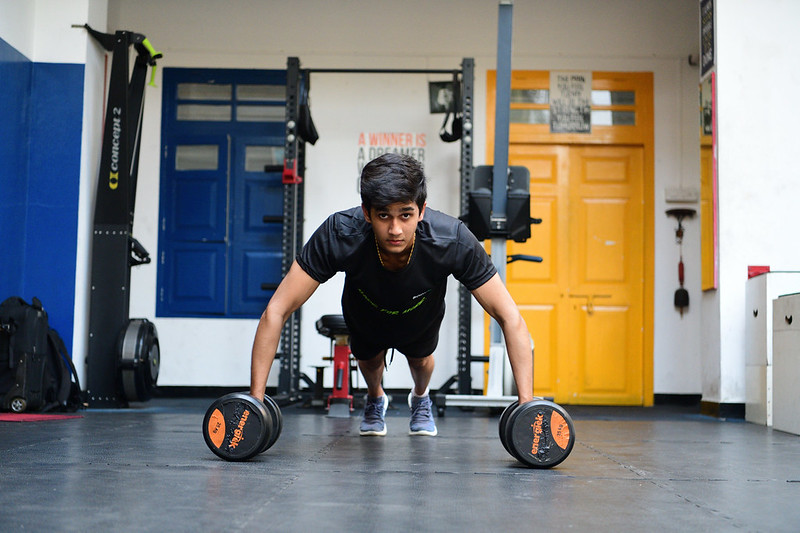

Yash Aradhya training for championship
Calling the recent times one of the most exciting times to be in motosporting, Yash feels lucky to be a part of it. “There are so many career opportunities right now in motorsports. The talent is getting recognised. I would say stay tuned for more,” signs off Yash.

